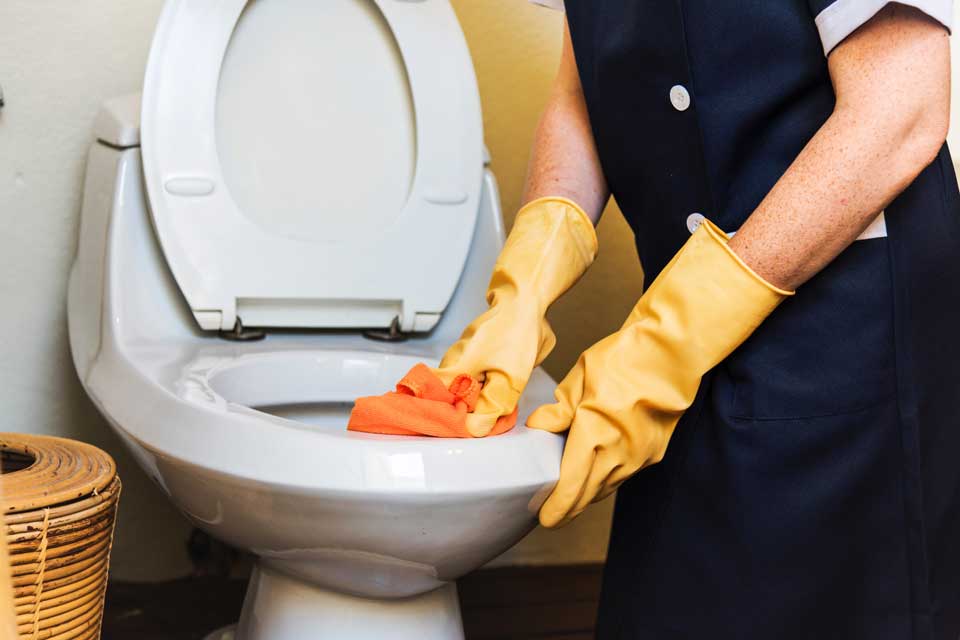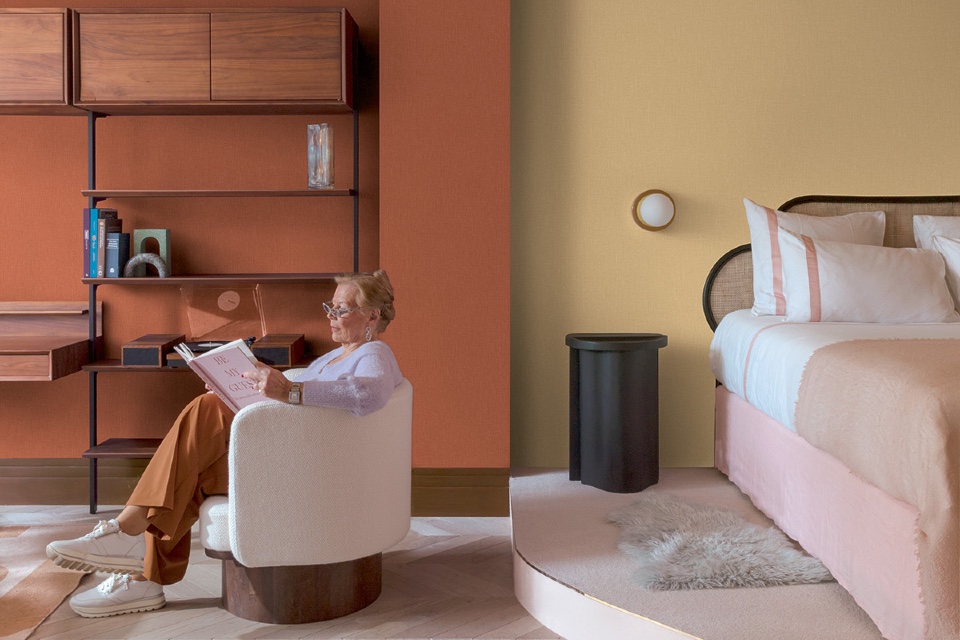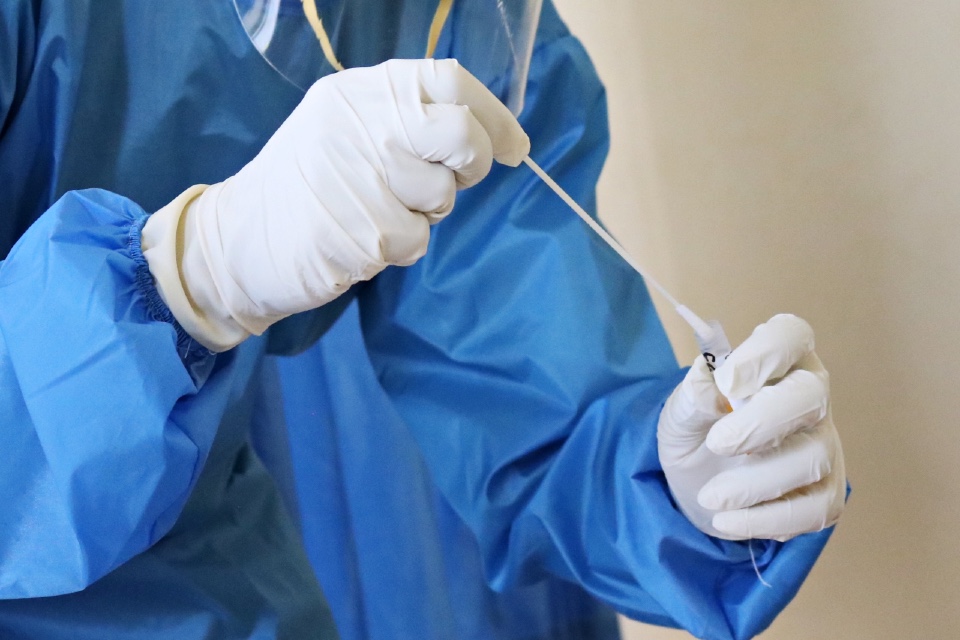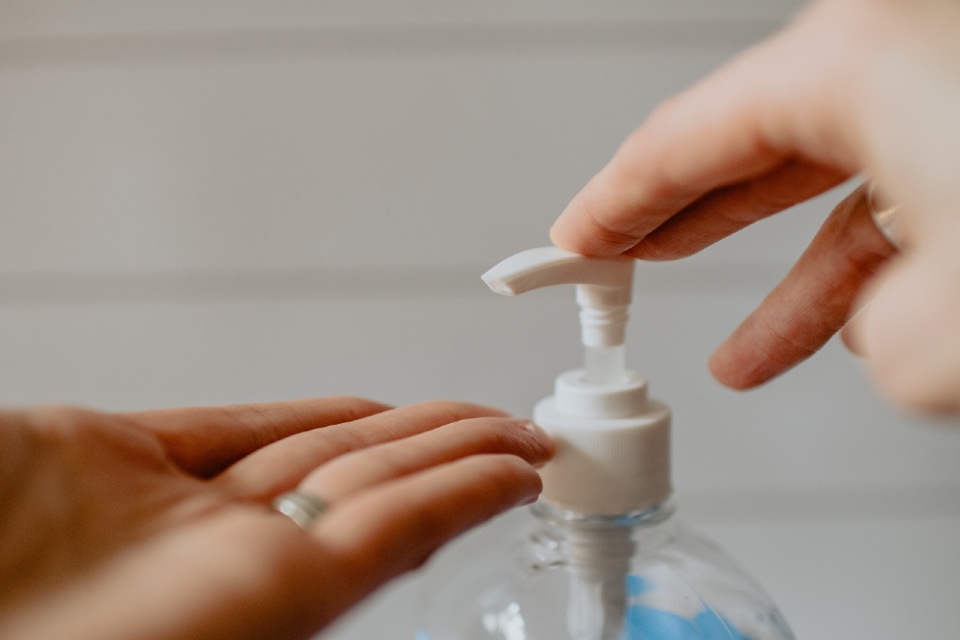Maintaining a high standard of hygiene in care settings is extremely important. Those who live in care are more likely to have a vulnerable or compromised immune system, making them more susceptible to commonly transmitted infections.
For this reason, it is integral to the delivery of effective care that residents, visitors and staff take reasonable steps to ensure the consistent provision of safe, clean and comfortable living conditions.
Three key areas for the maintenance of hygiene standards in social care settings are hand hygiene, food, and equipment and bedding. So in this article we’re going to explore these areas and the protocols healthcare professionals must put in place to preserve them.
Hand Hygiene
Hand contact is the most common form of bacterial transmission and is subsequently the biggest cause of infection in care settings. 30% of diarrhoea-related illnesses and 20% of respiratory infections can be prevented by proper hand hygiene. The contamination of care professionals’ hands through contact with service users is also the leading cause for the spread of HCAIs (Healthcare Associated Infections), so handwashing, if implemented properly, is perhaps the single most effective way of protecting those in care from contracting these preventable, sometimes deadly infections.
A study in France recently showed that implementing good hand hygiene practices is especially important during episodes of increased infection among residents. The study monitored care homes during last year’s outbreak of seasonal influenza and between January and March, the care homes that put additional measures in place saw a 30% lower mortality rate than those that didn’t.
Because staff can become complacent over time and neglect the importance of hand hygiene, it’s prudent that healthcare professionals regularly retrain and implement infection-control tools such as manuals and posters.
Equipment and Bedding
Social care settings are home to a lot of specialist equipment designed to facilitate a more dignified service for residents and minimise workplace hazards like heavy lifting. Where the equipment comes into contact with service users so often and becomes contaminated, it’s vital that the equipment is cleaned thoroughly after every use. The same goes for bedding and clothes.
A recent study conducted at De Montfort University’s School of Pharmacy showed that traces of the diarrhoea-causing bacteria Clostridium Difficile could be found on bed linens after they had been cleaned in commercial washing machines using industrial detergents. That’s why it is important that care home staff ensure all bedding and clothes, even if changed regularly, are washed at sufficiently high temperatures using antibacterial agents.
Another way of maintaining a high level of cleanliness in care home facilities is using a colour coding system for cleaning materials and products. This prevents cross-contamination between high risk areas and makes it easier to keep on top of daily tasks. Records that require members of staff to sign and date when they have completed specific chores is another option, and can minimise oversights and help care staff to maintain a clean and safe working environment.
Food
A literature review of infection outbreaks in care facilities for older people showed that 36% of 206 cases involved the gastrointestinal tract. This suggests that older service users are prone to food poisoning. Therefore, kitchen staff need to be extra careful when preparing food for older people living in social care settings.
Poorly prepared food is easily contaminated and can be the source of potentially lethal bacteria. Effective management relies on written operational policies, and key areas to tackle are pest control, preparation and storage, risk assessments and handwashing facilities. Ensuring bathrooms don’t lead directly into food handling areas is also vital.
Care staff mustn’t neglect their residents’ oral health either. A report published this year by the CQC (Care Quality Commission) uncovered several cases of neglect in UK care homes where inattention to oral health had led to teeth decay or infected gums.
Maintaining a consistently high level of hygiene in care homes helps to create a healthier, safer and more enjoyable space for everyone. In order to keep your care home clean, it’s important to keep cleaning supplies fully stocked so you can carry out daily cleaning and tackle any spillages and accidents the moment they happen, regularly wash equipment, bedding and clothes to preserve service users’ dignity and personal hygiene, and continually reinforce the benefits of proper hand sanitation.






